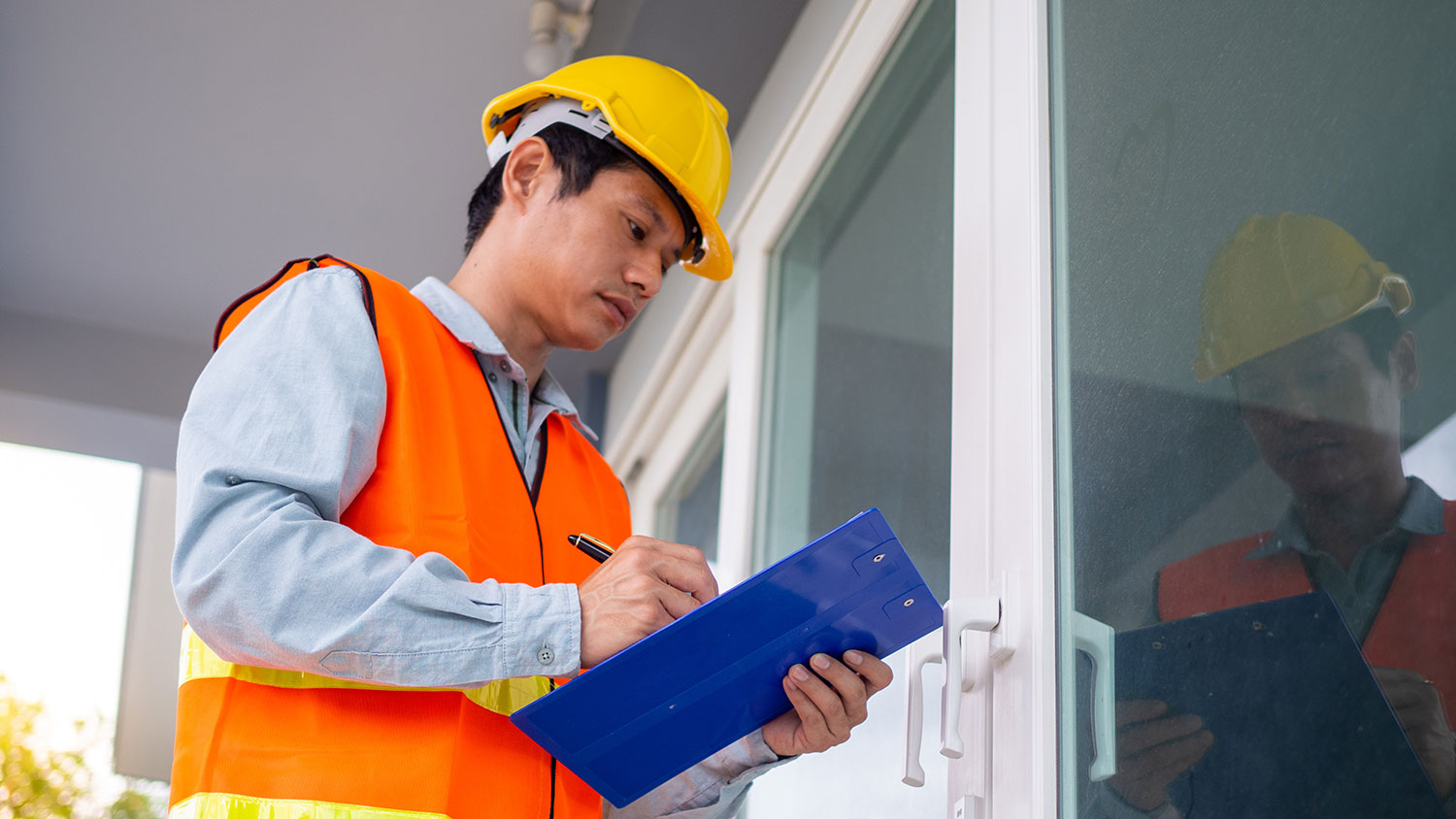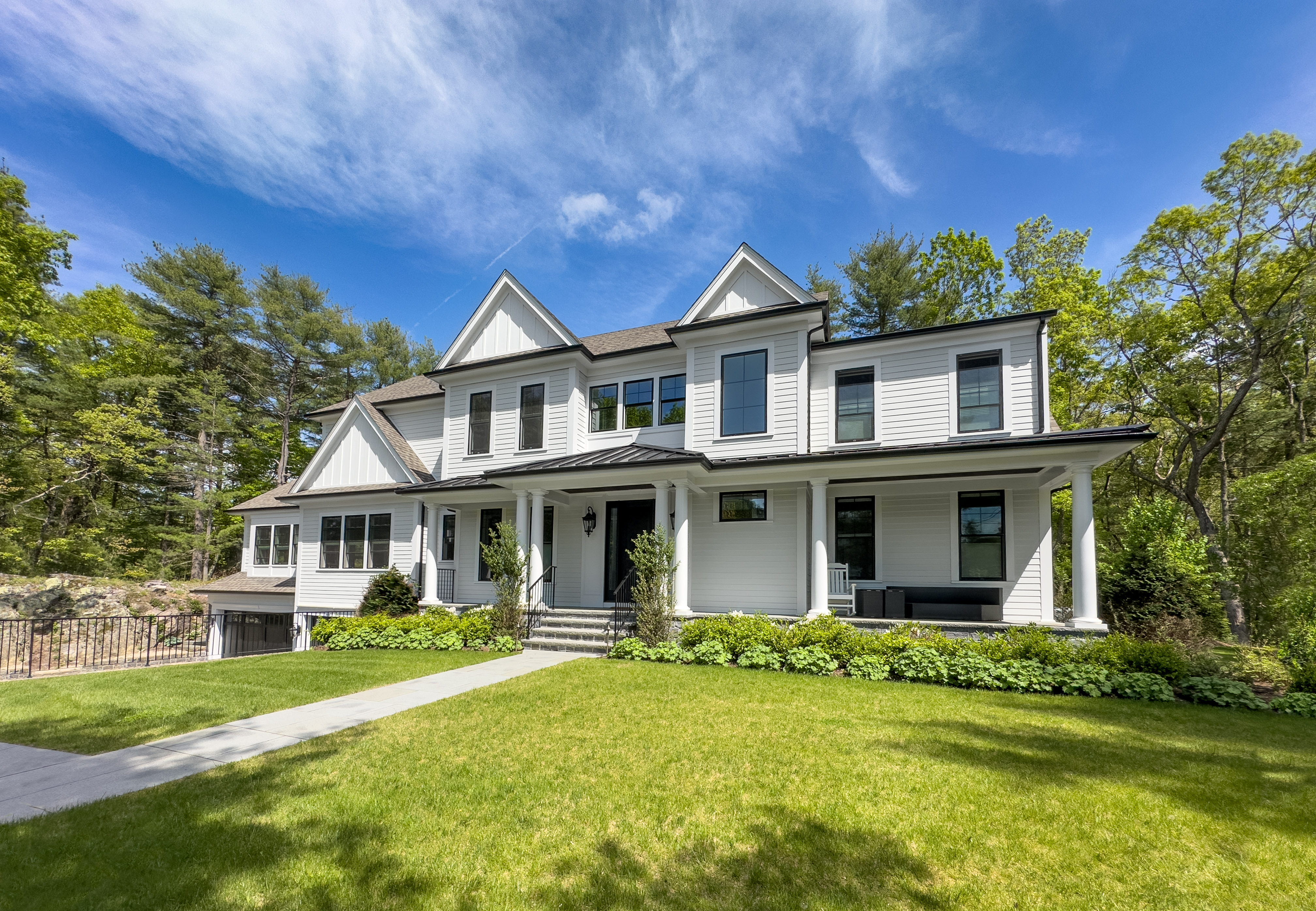
Discover the average home energy audit cost, what impacts pricing, and how to save money on your audit. Get transparent, expert-backed cost info for homeowners.
Knowing who pays for what when renting is “key” to happy living


The meaning of “utilities included” can vary, depending on the landlord and the property.
Rent that includes utilities can help stabilize your budget.
Rent with included utilities is generally more expensive than comparable properties without included utilities.
So, you’re searching for a new rental home or apartment and found a unit that lists “utilities included.” But what exactly does utilities included mean, and how will it impact your rental rate?
Luckily, we’ve got you covered. If you’re renting a house or apartment and need clarification on how included utilities work, keep reading for a breakdown of what the phrase does and doesn’t mean.
Renters who read “utilities included” or “all bills paid” in a rental listing are understandably intrigued by the ease of a one-and-done monthly payment. This phrase means that your landlord or property management will handle the payments to the utility companies, and the cost is included in your monthly rent. The utility bills, often including water, sewer, and electricity, are included in your rent bill—you don’t pay the utility company directly, but the rental company does.
It’s pretty tempting to make one payment per month to one person—no fuss and zero deposits needed to open new utility accounts. However, renters may not realize that a utilities-included apartment, single-family home, or duplex house lease is subjective to what the landlord includes. For example, some property managers may cover the monthly water bills, but not electricity or gas payments. In some cases, landlords will only cover utilities up to a certain amount or cost.
When thinking about utilities, there are three main ways they can be paid:
The landlord pays for all utilities from rent collected
The tenant pays for all utilities
The landlord pays for some utilities, and the tenant pays for the remainder
| Utilities That Are Typically Included | Utilities Not Typically Included |
|---|---|
| Electricity | Internet |
| Gas | Cable |
| Water | Landline phone service |
| Trash | Snow removal* |
| Sewer | Lawn care* |
*Note: even though snow removal and lawn care aren’t considered a utility in the traditional sense, it’s important to know that these services are typically not included in an “all bills paid” agreement unless otherwise stated.
The breakdown of who pays for what is listed within your rental agreement and can vary from landlord to landlord. If utilities are included, they generally include the basics, like electricity, water, and trash. Utilities like internet, cable, and phone services are rarely included in rent, so you’ll have to pay the company directly.
Again, depending on your landlord, you might receive an itemized bill or receipt every month when you pay your rent, or your landlord might omit the details of the utilities and will just list the total due as “rent”. If you ever have any questions about what is included in your rent, consult your lease agreement or contact your landlord.
For many landlords and property managers, utilities-included rent is convenient and saves on overall expenses. For example, it’s difficult and expensive to outfit each apartment in a complex with its own utilities compared to using a common bank for all tenants. The same is true for a single-family house converted into separate apartments.
If you’re interested in a utilities-included arrangement, read the agreement thoroughly and discuss the included utilities and the utilities not included with your landlord or property manager.
At first glance, utilities included with your rent sounds like a great deal, and that’s true for some renters. However, this rental feature will affect how much you pay each month to live there.
| Pros of Utilities Included | Cons of Utilities Included |
|---|---|
| Easy to budget for consistent payment | Generally more expensive than comparable properties |
| No credit check is needed to open a utility account | Utilities could be capped to a certain amount each month |
| Consistent utility costs | Could pay for overage fees |
| One bill to pay | The landlord might control the temperature of the AC and heat |
| Lower moving costs | Prevents the opportunity to build credit from utility payments |
Deciding on moving into a rental home or apartment with included utilities might be a good idea for you and your family if you are looking for the convenience of having just one payment per month for all of your major monthly living expenses. However, be aware that more rental properties and apartment complexes do not have utilities included, so your availability options might be limited.

If you live in a rental home with utilities included, any snafu with service becomes a tag-team effort to correct. First, let your landlord know there’s an issue, and if it’s an easy fix, ask them to handle it online or over the phone. Then, keep them updated about the solution’s progress. If it’s a more serious outage, your landlord or building management will need to hire someone to inspect and resolve the issue.
Get familiar with your state's tenant laws and rights if you’re worried about your landlord shutting down your services. In most cases, the state requires your landlord to give notice about a future shut-off date.
From average costs to expert advice, get all the answers you need to get your job done.

Discover the average home energy audit cost, what impacts pricing, and how to save money on your audit. Get transparent, expert-backed cost info for homeowners.

Get a detailed breakdown of thermal imaging home inspection costs, including average prices, cost factors, and tips to help homeowners budget.

A home energy audit is a detailed write-up of how to lower your utility bills and increase your comfort level. Find out if they’re worth the cost.

Home energy audits can identify ways to make your home more energy-efficient. Learn whether an energy audit is a good investment for your home.